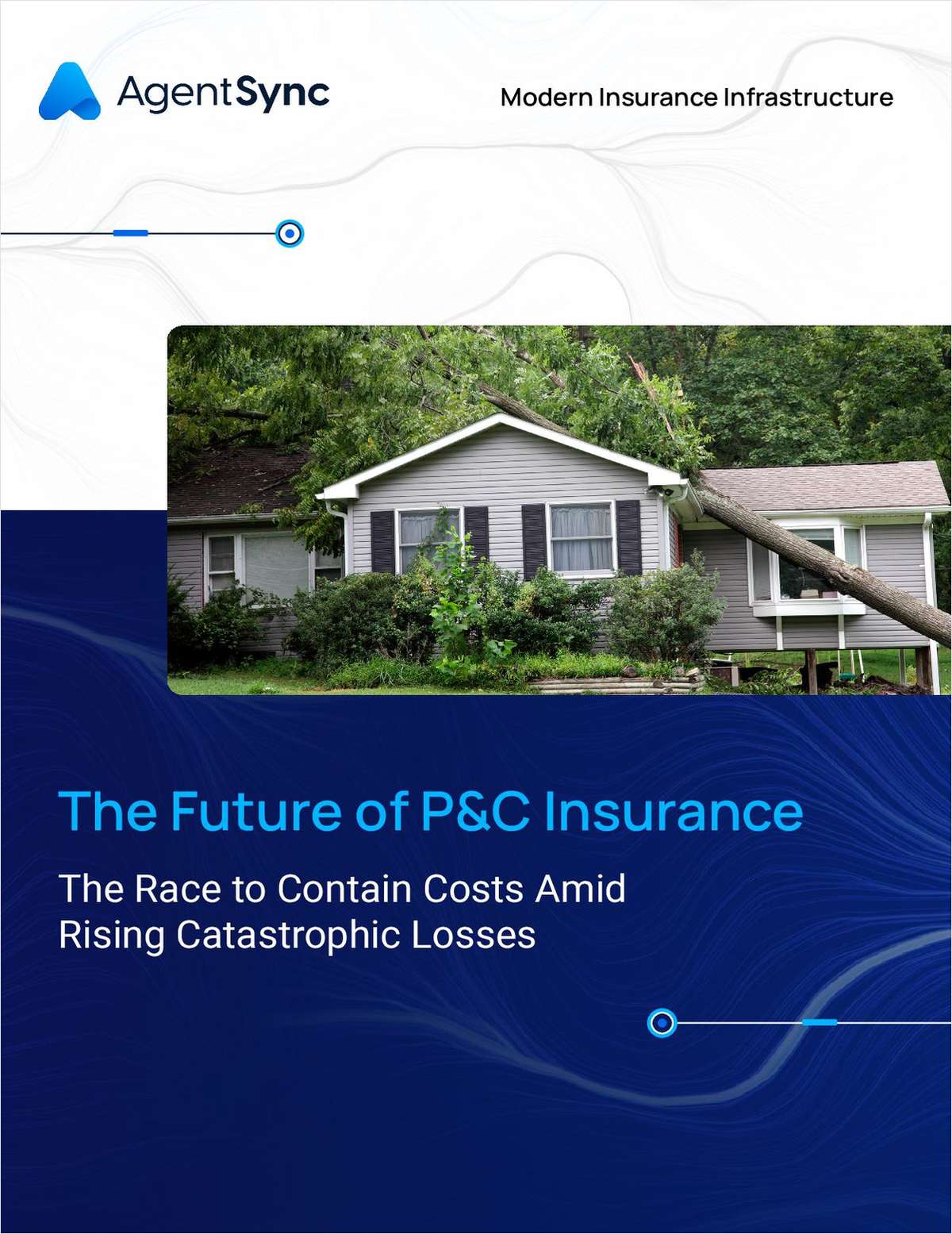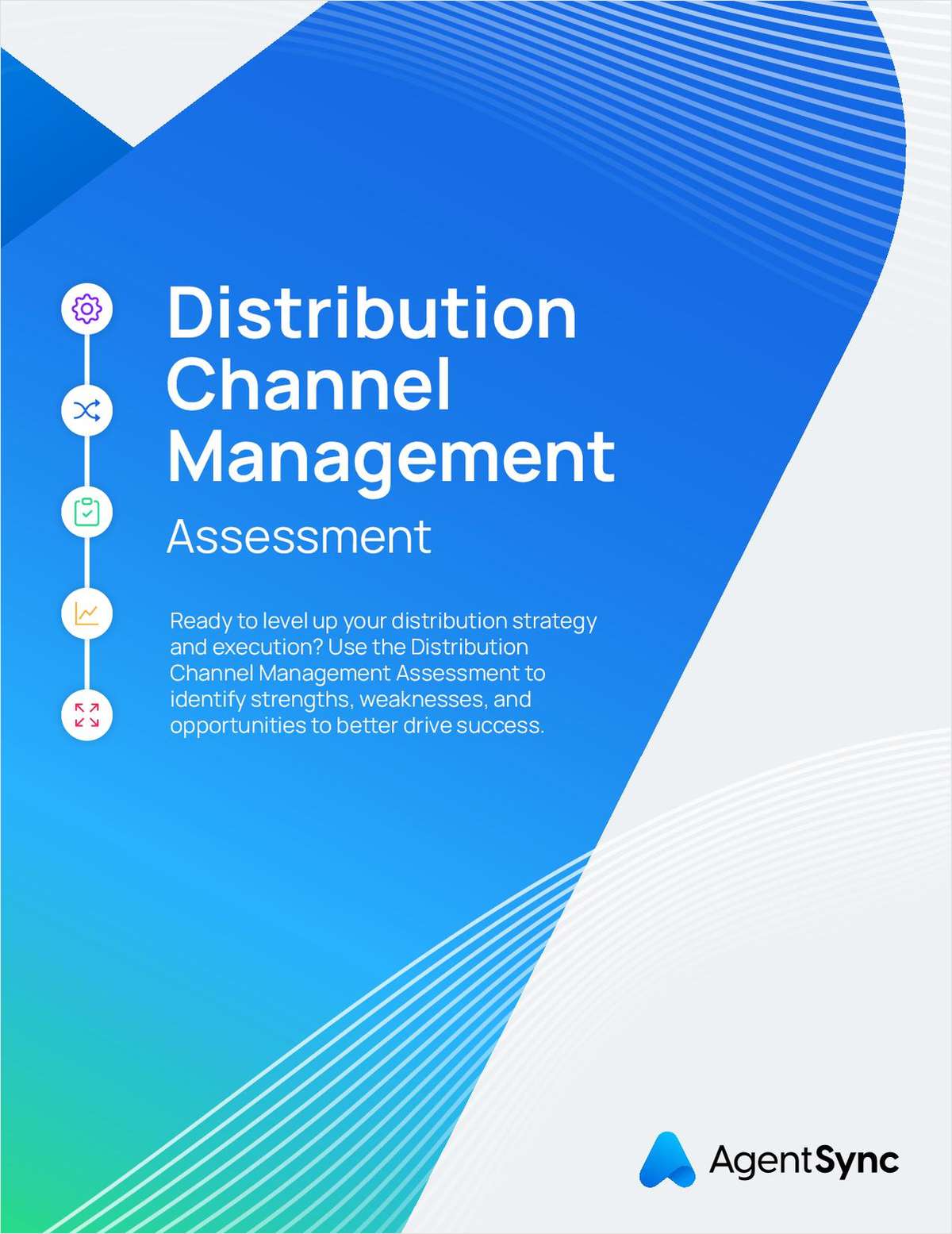
Flood risk is one of the most severe natural hazards in the United States, yet one of the least well-managed. Nearly all the risk is borne by one participant, the National Flood Insurance Program (NFIP), administered by the Federal Emergency Management Agency (FEMA), an entity that doesn't have the power to diversify its risk. Rates charged for coverage fall short of covering the underwritten risk, pushing the NFIP debt upwards of $30 billion. However, it could be tackled more effectively with a more mature insurance market, to the benefit of both property owners and the insurance industry.
During more than 40 years of the NFIP, private insurers have mostly stayed on the sidelines of flood coverage, participating only in excess & surplus and supplemental flood coverage for commercial and high-value residential properties. Slowly but surely, however, the hurdles to private sector involvement have started to clear, by the combined efforts of the industry, FEMA and even private citizens.
The new flood reform bill, H.R. 2874, is a major step forward, amending the NFIP and drawing private insurers into the flood market. If this bill passes the Senate, consumers could see more choices and flexibility in purchasing insurance, with policies that better reflect their needs. For insurers and underwriters this is an opportunity to extend into a profitable new sector.
Related: It's sink or swim time for the National Flood Insurance Program
|Impact on insurers
This bill works to ease the acceptance of private flood policies by financial institutions, which will create demand for non-NFIP flood policies and enable the NFIP to move away from fixed limits on coverage for single family dwellings (currently set at $250,000 for the building and $100,000 for contents). Although this will lead to increased premiums for homeowners with more valuable properties, it will open the door for much needed private market competition.
Under the proposed new law, FEMA's claims data will have to be available in an open-source format. The data will provide information on local flood defenses, the elevation of the property above the ground, and the historical propensity for flooding — all of which are key ingredients to a deeper understanding of the link between flooding severity and the expected damage to a property. Using the open source data, insurers will be equipped to create individual property ratings. Catastrophe risk modelers can easily integrate FEMA's claims losses into their vulnerability assessment to create damage functions that relate the depth of flooding to the expected loss. This will give the underwriters the confidence in pricing risk that is lacking today.
Related: 5 things businesses can do now to prepare for hurricanes
|Impact on consumers
H.R. 2874 isn't just about opening up the market. Coverage limits on the NFIP policies create an insurance gap for many homes in flood zones, particularly coastal properties. For instance, the average home value in Miami Beach is almost $500,000, which means that the average property is 50% uninsured if it's only covered by an NFIP flood policy. Although a market for excess flood coverage exists, it's a headache most consumers would like to avoid after a devastating catastrophe as it creates discontinuity in the claims process.
As competition in the flood insurance market increases, policy innovation is likely to lead to more tailored solutions for homeowners, which could lead to limits and deductibles becoming more flexible. For instance, consumers can opt to add special endorsements for basements or other non-covered entities or slim down their coverage to match their risk appetite. So, as the market grows, the opportunity for customers to negotiate customized solutions to meet their needs will open up as well.
Related: When is a rejected proof of loss also a denial of the claim?
|Improve flood risk assessment
This reform is designed to elevate the quality of flood risk assessment at individual locations. To achieve this, underwriters must ensure that they have the best tools available to begin building out their portfolios. The bill gives the authority for communities and local governments to commission their own flood risk studies. These studies can leverage advanced analytics in a much more detailed way than FEMA, which has the burdensome task of trying to map all flood zones across the entire country. Imparting local knowledge of flood defenses and potential inundation extents will further improve the quality of analytics available to underwriters.
Citizens affected by changes in flood zon2 determination currently only have one way to make their voices heard in the risk determination cycle: through the appeals process. The appeals process is lengthy, it's exhausting, and it's a more reactive measure.
Allowing local communities to determine risk zones for themselves gives power to citizens from step one of the process. This also encourages local communities to get some “skin in the game” and be more proactive in managing their own neighborhoods. Through increased community involvement, flood-prone towns and cities can focus on mitigation and loss prevention in addition to flood insurance availability.
Related: NYC planners: Storm-surge barrier may come too late
|What does this mean?
While many of H.R. 2874's provisions are aimed at improving the availability and cost of flood insurance to the consumer, the underlying goal is to create a public-private partnership between FEMA and the insurance industry. This synergy will bring about long-awaited and much-needed change to the NFIP, and encourage competition in a growing market, allowing insurance companies the chance to start building profitable flood portfolios and giving flood-prone homeowners the coverage they need to protect themselves and their families in the wake of catastrophe.
Matt Nielsen ([email protected]) is Senior Director, Governmental and Regulatory Affairs at RMS, a well-respected global catastrophe modeling firm. Pete Dailey ([email protected]) is Vice President, U.S. Flood Model Management at RMS.
Want to continue reading?
Become a Free PropertyCasualty360 Digital Reader
Your access to unlimited PropertyCasualty360 content isn’t changing.
Once you are an ALM digital member, you’ll receive:
- Breaking insurance news and analysis, on-site and via our newsletters and custom alerts
- Weekly Insurance Speak podcast featuring exclusive interviews with industry leaders
- Educational webcasts, white papers, and ebooks from industry thought leaders
- Critical converage of the employee benefits and financial advisory markets on our other ALM sites, BenefitsPRO and ThinkAdvisor
Already have an account? Sign In Now
© 2024 ALM Global, LLC, All Rights Reserved. Request academic re-use from www.copyright.com. All other uses, submit a request to [email protected]. For more information visit Asset & Logo Licensing.








